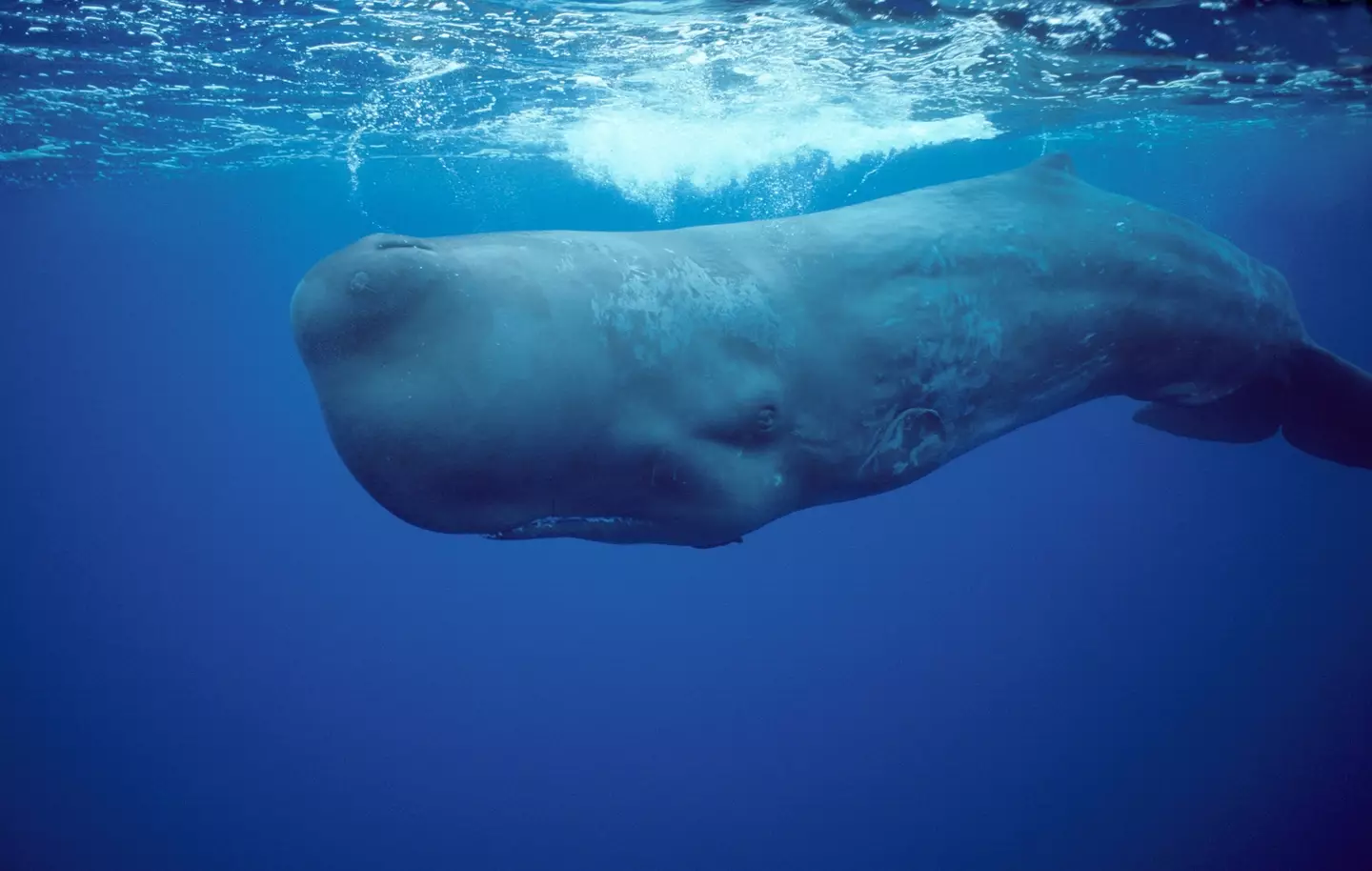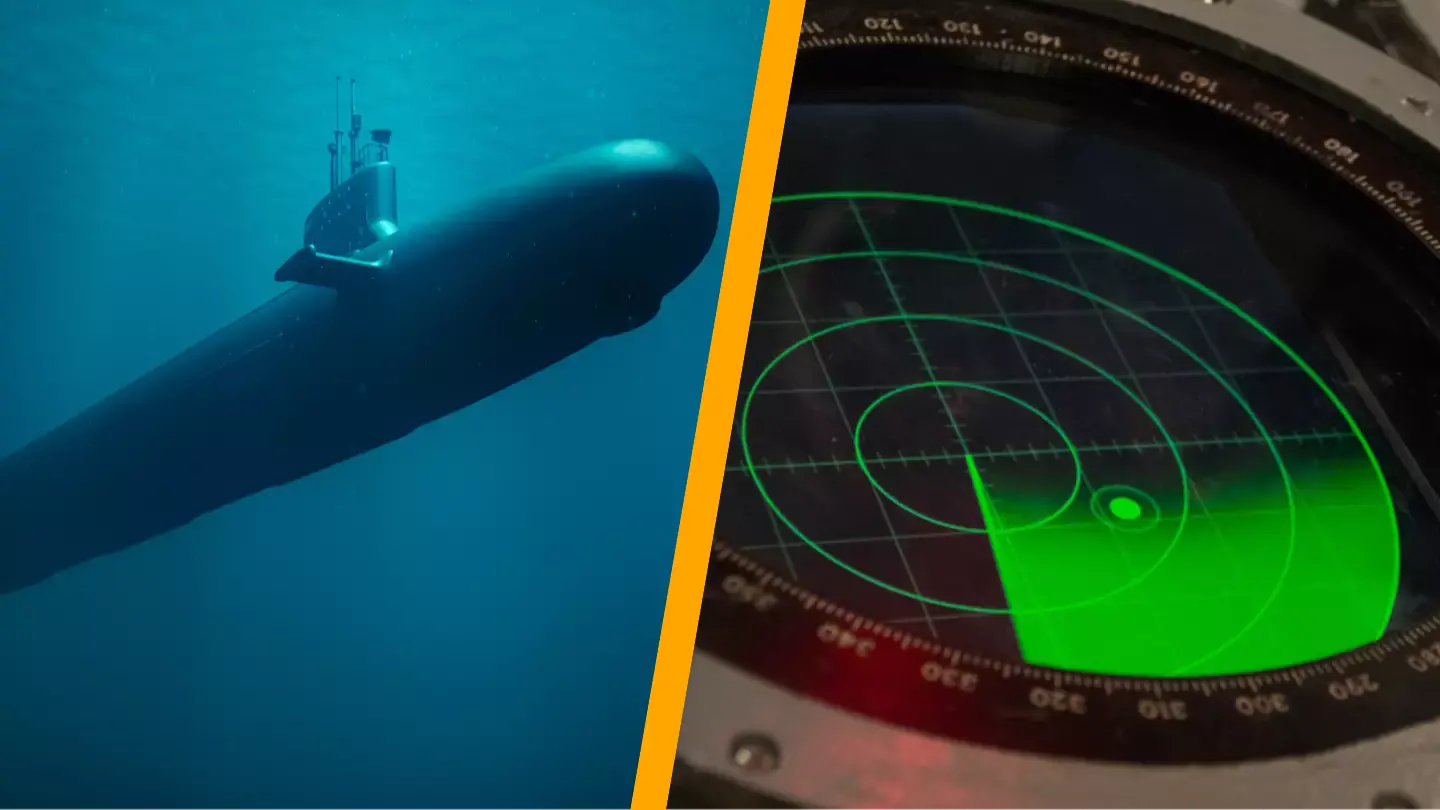Many people are aware of sonar, the technique employed by submarines, whales, and bats to navigate and detect objects in their surroundings.
Sonar stands for Sound Navigation and Ranging and utilizes sound waves to create a map of the environment around the source.
It functions by emitting a pulse of sound that then bounces back after hitting an object.
The mapping process involves recording the time it takes for the sound wave to return, which is then used to determine the distance of the object.
Certain animals have evolved to naturally use sonar; for example, dolphins have a specialized organ in their forehead, containing an oil-like substance, to receive the returning sound waves.
Despite the seemingly harmless nature of a dolphin’s clicks and whistles, sonar can have significant physical impacts.
Sperm whales are extraordinary sonar users, named after the spermaceti found in their heads that aids in sonar reception.
The term “spermaceti” originates because it resembles another substance.

The sonar capability of sperm whales is so advanced that some biologists speculate that larger males might use it not only to find prey but also to stun it as they approach.
Therefore, it’s no surprise that submarine sonar is extremely potent, as it needs to detect objects from great distances.
While the effects of sperm whale sonar on humans remain somewhat ambiguous, military sonar has been proven to present clear hazards to people.
An Australian diving team experienced this firsthand when they encountered a Chinese PLA-N destroyer.
The HMAS Toowoomba had halted in international waters in 2023 after its propellers got tangled in fishing nets.

Divers were sent to remove the nets from the propellers when the Chinese ship came closer.
Australian Defence Minister Richard Marles stated: “Soon after, it was detected operating its hull-mounted sonar in a manner that posed a risk to the safety of the Australian divers who were forced to exit the water.
“The divers sustained minor injuries, likely due to being subjected to the sonar pulses from the Chinese destroyer.”
A marine acoustics scientist informed the West Australian that these pulses could even rupture the lungs.
Other potential symptoms include disorientation, dizziness, temporary memory problems, concentration issues, and temporary hearing loss.

